Epilobium L.
willowherb
Onagraceae
Alternanthera, Eclipta, Hypericum, Mentha, Mimulus, Veronica
worldwide; mostly temperatetemperate:
(adj) of the climatic zone between boreal and tropical

Epilobium angustifolium L.
E. ciliatum Raf. [offered under the synonym E. glandulosum Lehm.]
E. coloratum Biehler
E. dodonaei Vill.
E. fleischeri Hochst.
E. g labellumlabellum:
(n) in orchids, a central petal at the base of the flower, typically larger than the other petals and of a different shape
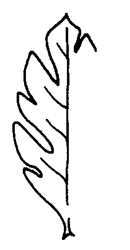 G.Forst.
G.Forst.
E. leptophyllum Raf.
E. parviflorum Schreb.
several species are introduced throughout the world
Epilobium hirsutum L. is an aquatic noxious weed in at least one country.
amphibiousamphibious:
(adj) of a plant able to live on land or in water
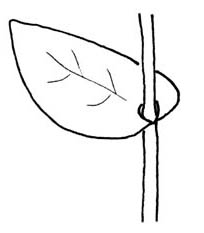 , seasonally inundated or occasionally emergentemergent:
, seasonally inundated or occasionally emergentemergent:
(adj) (syn. emersed) with parts raised out of the water; extending up out of the water
 herb; small to medium, often mat-forming
herb; small to medium, often mat-forming
Survives unfavorable seasons via leafy rosettes, turions or stolons. Stems erect to ascending, simple or branched, typically round. Foliage glabrousglabrous:
(adj) without hairs or scales
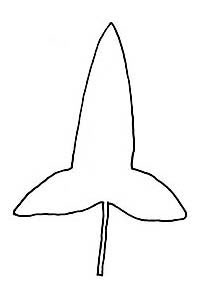 to densely pubescentpubescent:
to densely pubescentpubescent:
(adj) (1) covered with short, soft hairs; (2) bearing hairs
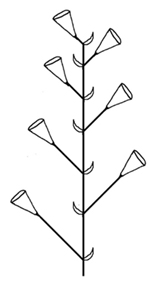 . Leaves oppositeopposite:
. Leaves oppositeopposite:
(adj) (of leaves) two leaves per node; in pairs on opposite sides of an axis
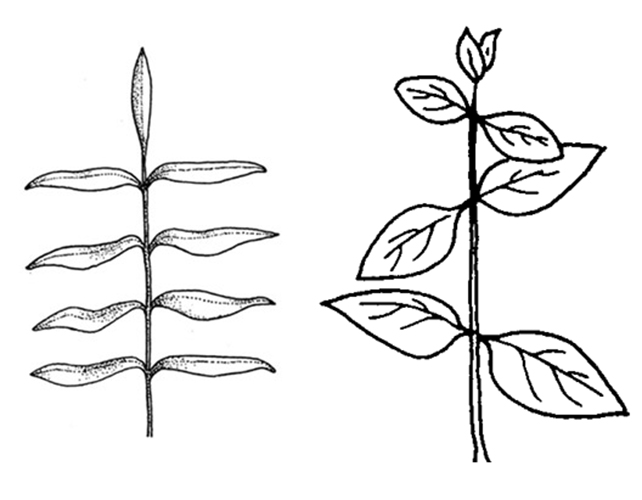 , becoming alternatealternate:
, becoming alternatealternate:
(adj) (of leaves) bearing one leaf per node; placed singly on the stem at different heights
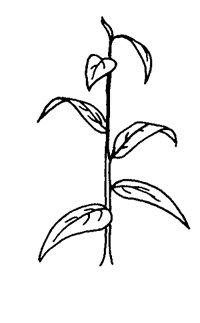 above and bractbract:
above and bractbract:
(n) a modified leaf near a flower or inflorescence, often reduced, sometimes large and/or petaloid; also glumes, lemmas, and paleae of grass spikelets
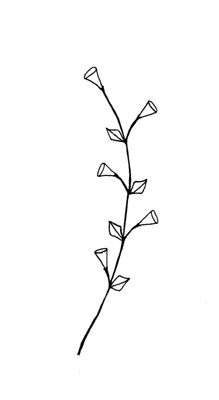 -like in the inflorescenceinflorescence:
-like in the inflorescenceinflorescence:
(n) the arrangement of flowers on the floral axis
 ; subsessile to petiolatepetiolate:
; subsessile to petiolatepetiolate:
(adj) relating to or in the form of a petiole; bearing petioles
 ; leaf bladeblade:
; leaf bladeblade:
(n) (syn. lamina) the flat, expanded part of a leaf, frond, or petal (excluding, e.g., the petiole)
 variable, typically lanceolatelanceolate:
variable, typically lanceolatelanceolate:
(adj) lance-shaped; widest point below the middle, tapering to the apex
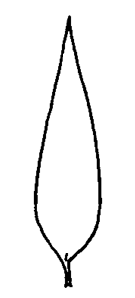 to ellipticelliptical:
to ellipticelliptical:
(adj) in the form of an ellipse (oval)
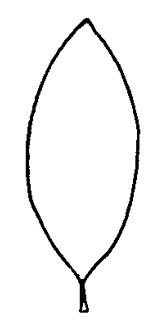 or oblongoblong:
or oblongoblong:
(adj) two to four times longer than wide, with +/- parallel sides
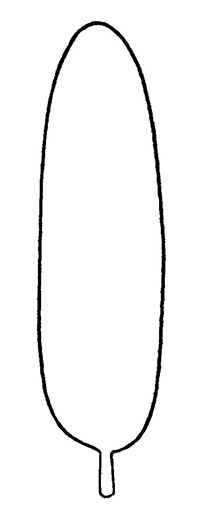 to ovateovate:
to ovateovate:
(adj) egg-shaped in outline; generally with the broad end at or near the base
 ; apexapex:
; apexapex:
(n) the point farthest from the point of attachment; the tip (often pointed)
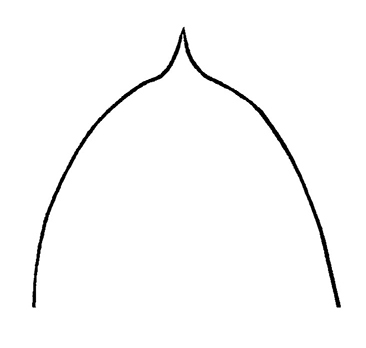 and base variable; margins entireentire:
and base variable; margins entireentire:
(adj) having a continuous margin that is not toothed or lobed
 to serrateserrate:
to serrateserrate:
(adj) (of a leaf margin) bearing sharp teeth pointing forward or to the apex
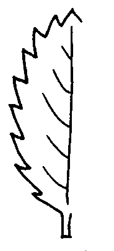 . Inflorescenceinflorescence:
. Inflorescenceinflorescence:
(n) the arrangement of flowers on the floral axis
 a spikespike:
a spikespike:
(n) an indeterminate, unbranching inflorescence of sessile flowers or flower clusters on a usually elongated axis
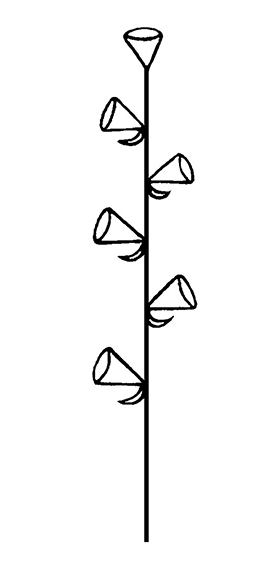 , racemeraceme:
, racemeraceme:
(n) an indeterminate, unbranched inflorescence having pedicelled flowers on a usually elongated axis (may be cymose)
 , or paniclepanicle:
, or paniclepanicle:
(n) an indeterminate, branched (often much-branched) inflorescence; the ultimate units may be of a different inflorescence type
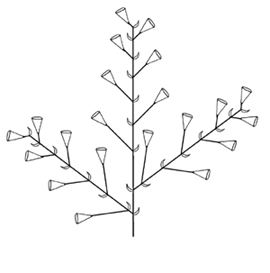 , or flowers solitary in leaf axils; flowers white to rose-purple or yellow; sepals 4, typically lanceolatelanceolate:
, or flowers solitary in leaf axils; flowers white to rose-purple or yellow; sepals 4, typically lanceolatelanceolate:
(adj) lance-shaped; widest point below the middle, tapering to the apex
 , free or basally connateconnate:
, free or basally connateconnate:
(adj) of plant parts congenitally united into a single structure
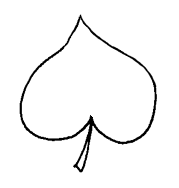 ; floral tube often has an internal ring of villousvillous:
; floral tube often has an internal ring of villousvillous:
(adj) pubescent with long and soft hairs that are not interwoven
 hairs; petals 4, typically notched apically.
hairs; petals 4, typically notched apically.
seasonally inundated or permanently moist to wet habitats in montane to alpine areas; near, along, or in wet meadows, secondary floodplain forests, seeps, lakes, streams and rivers in temperatetemperate:
(adj) of the climatic zone between boreal and tropical
 regions.
regions.
Few Epilobium species are truly aquatic, though many are amphibiousamphibious:
(adj) of a plant able to live on land or in water
 to varying degrees (occasionally to permanently), especially during the early spring when water levels are high. Epilobium ciliatum is the most widespread and abundant species of Epilobium worldwide. Among the over 200 species in the genus, eight are commonly cultivated in the trade; most are mainly terrestrialterrestrial:
to varying degrees (occasionally to permanently), especially during the early spring when water levels are high. Epilobium ciliatum is the most widespread and abundant species of Epilobium worldwide. Among the over 200 species in the genus, eight are commonly cultivated in the trade; most are mainly terrestrialterrestrial:
(adj) growing on land as opposed to living in water
 but may be found near or in various water sources.
but may be found near or in various water sources.